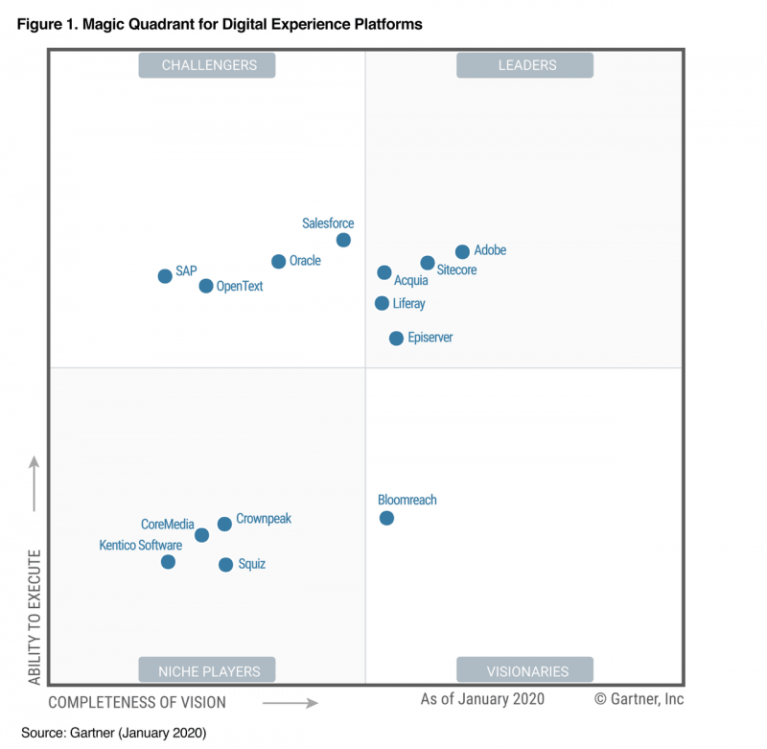Juni 22, 2020
Drupal 9 feels like home
It’s been a few years now, but I still remember the first time I saw a freshly installed Drupal 7 after being familiar with version 6. Or after I installed Drupal 8 for the first time. “Woooow” went through my mind. Everything seemed familiar and yet new. But it’s exactly this wow effect that’s missing when upgrading from Drupal 8 to Drupal 9. And that’s a good thing.
Drupal creator and Acquia founder Dries Buyteart said, “The big thing about Drupal 9 is… that it shouldn’t be a big thing.” Drupal has come a long way since its first release in 2001. There have been changes to the architecture along the way, with the biggest and most relevant changes introduced in the move from Drupal 7 to Drupal 8. Drupal 8 was an almost completely new CMS with huge changes to all previous versions: Implementation of Symfony as the base framework and TWIG as the template engine, just to name a few changes that made the CMS enormously easier and flexible to use.
While Drupal 7 could only be further developed by explicit Drupal developers, from version 8 only general PHP knowledge is required. Drupal 9 goes one step further here. So-called Drupalisms, i.e. functionalities and programming paradigms that only exist in Drupal in this form, are removed, even if Drupal 8 still had them on board, in order to give developers a “grace period” and a period to get used to them. Deprecated portions of Drupal 8 code have been marked as such, and developers know about functionalities they should no longer use, as well as alternatives that are available in Drupal 8 and now 9. These “deprecated codes” have been removed in Drupal 9. This means that functionality originally designed for Drupal 8 will run seamlessly in Drupal 9 if care has been taken in each previous update to redesign exactly those parts of your code that have been marked as deprecated.

So, updating from Drupal 8 to Drupal 9 is much easier than updating from Drupal 7 to its following version at the time. To be precise, it has never been easier to upgrade to a next major version.
Drupal 9 is not as big a change as any other new major version before it. On the contrary, it’s a cleaned up Drupal 8 that has everything on board that made Drupal 8 great, topped off with the functionality that came with the minor releases, for example 8.5 (Media API: Upload media and make it reusable, Content Moderation: Define complex content workflows like drafting, archiving and publishing), 8.7 (Layout Builder: Custom page layouts created with a convenient user interface, JSON:API) and 8.8 (Media Library).

Nowadays, the Acquia company is always mentioned as a proxy for Drupal in the market evaluations and therefore appears in the infographics when it comes to comparisons, as published regularly by Forrester and Gartner. Drupal/Acquia are now considered leaders in the Digital Experience Platform segment, as are their market companions, Adobe, Sitecore, Episerver and Oracle.
If you are wondering which content management system is right for your purposes, feel free to contact us. We can help you perform an evaluation as well as realize an MVP (minimal viable product) that will show you why Drupal should be used today, not least because of its cost-effectiveness.
Why you still should upgrade your system on Drupal 9
Right now, Drupal 8.9 and Drupal 9 have exactly the same features and API. But to be forward compatible with the ongoing development, you need to upgrade to Drupal 9 in any case. Any fancy new features will be introduced in Drupal 9. Also, support for Drupal 8, as well as Drupal 7, will end at some point, sooner than you think. This means that there will be no official updates for Drupal 8 after that date.
Besides, the Drupal community is hungry for Drupal 9 and most developers will create modules and themes that deal with Drupal 9 first. So do yourself a favor and update to the brand new Drupal 9.
One of the key reasons Drupal has been successful is we have always made big, forward-looking changes. As a result, Drupal is one of very few CMS platforms that has stayed relevant for 20 years.
Why Drupal after all?
The focus of Drupal is clearly on its API. Through its powerful REST interface it is possible to use Drupal as what we call a headless or decoupled CMS. Drupal is used as a content provider and feeds with its data various applications or a nice modern JavaScript frontend. Drupal solves these use cases with ease. It’s the CMS of choice as soon as it comes to managing huge amounts of differently structured data. Content editors and site builders have powerful tools in their hands to create dynamic functionalities or layouts without writing a single line of code. In addition, there is a great roles and permissions system that allows to assign very granular permissions according to the respective user role.
The biggest strength of Drupal, however, is its huge community. Thousands of individuals and agencies contribute to the community. Whether by finding and reporting bugs or fixing them, creating modules or themes: all this helps Drupal to become one of the best, most stable and secure CMS in the world. The Drupal community is one of the largest open source communities in the world and to be honest, it’s on this community, that has helped making Drupal 9 the best Drupal we have ever had.
